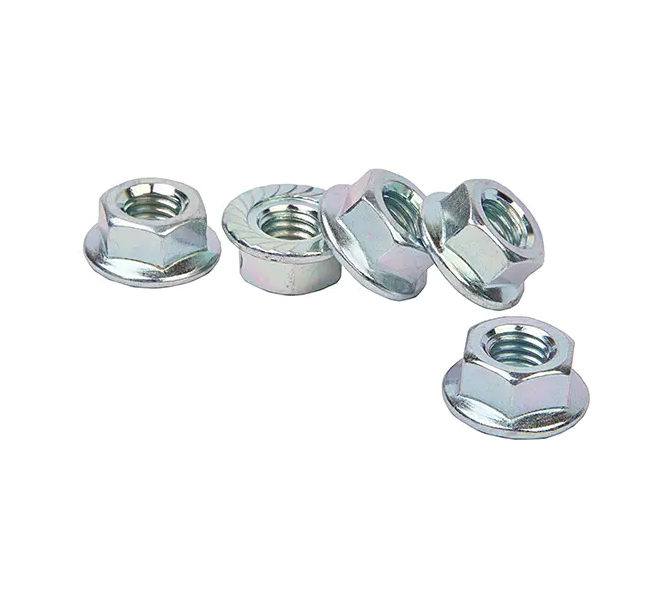Lug Nuts and Vehicle Stability: Key Factors to Consider

The function of lug nuts extends far beyond simple fastening. These small components act as structural connectors that distribute forces across the wheel hub, enabling the vehicle to handle acceleration, braking, and directional changes without instability. The effectiveness of this system depends on how well the lug nuts fit, how they are torqued, and whether they remain in suitable condition throughout their service life.
Many drivers encounter lug nuts only during tire changes, yet this brief interaction does not reveal the engineering considerations behind their design. Thread pitch, seat design, and length all influence performance. A mismatch between the stud threads and the lug nut can result in partial engagement, reducing holding power. Meanwhile, the seat style ensures an even interface between nut and wheel. When the interface is incorrect, the wheel may shift slightly under load, creating noise, vibration, or uneven brake rotor wear.
The process of tightening lug nuts follows a deliberate pattern. Technicians generally use a star or crisscross sequence to distribute clamping force evenly. This reduces distortion in the wheel and helps the assembly seat correctly on the hub. Applying torque gradually also reduces the chance of overtightening. Many drivers rely on impact tools for convenience, but such tools can introduce excessive force unless paired with the proper torque check afterward.
Corrosion remains another challenge. When this occurs, removal becomes more difficult and may damage the hardware. Anti-corrosion coatings, routine cleaning, and periodic inspection all help maintain long-term reliability. Some vehicle owners choose capped lug nuts for a cleaner look, but these caps can deform after repeated tool contact, making future removal more challenging.
The material composition of lug nuts influences both durability and weight. Steel provides strength and longevity, while aluminum offers reduced mass for those seeking minor performance benefits. Regardless of material, the hardware must withstand temperature changes from braking. During heavy braking, the wheel assembly heats up, causing the metal to expand. Lug nuts must maintain clamping force throughout these cycles without losing integrity.
Customization allows drivers to adapt their lug nuts to unique needs. Off-road vehicles may use extended or spline-style nuts for improved tool engagement and better resistance to vibration. Meanwhile, commuters often prioritize ease of removal and corrosion resistance. Each approach reflects different driving environments, yet all depend on accurate fitment.
In the broader context of vehicle maintenance, lug nuts represent an accessible yet vital component that warrants attention. Their performance directly influences safety and comfort, making it worthwhile to select them with care and inspect them regularly.



